Saving The Children
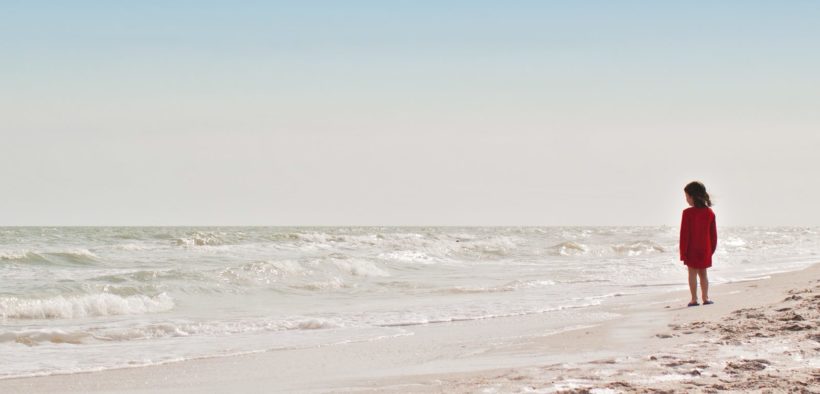
Paediatric cancer remains mostly overlooked as its incidence rate is only three to five per cent of the total cancer cases in India. But it is largely curable with early, correct diagnosis and effective treatment. Most paediatric cancers can be treated with generic medicines and other treatment modalities like surgery and chemotherapy and the treatment is cost-effective across all income groups. It’s time to strategise strong national paediatric cancer programmes and streamline its treatment in the country to reduce the cancer burden in children
Vivek (name changed), a 12-year boy from Nanded, Maharashtra, was diagnosed with Burkitt’s lymphoma. Malnourished, his body buckled under the severe side-effects of chemotherapy. Not only was the treatment a drain on the child’s physical strength, but his father also became unemployed as he had to travel to Mumbai for his son’s treatment. The family struggled to meet the treatment expenses and for two square meals a day. Eventually, the father had to go back home to take care of the family left behind. The mother stayed back, determined to see the treatment through. An NGO stepped in with a place to stay for the mother and child and found a job for the mother.
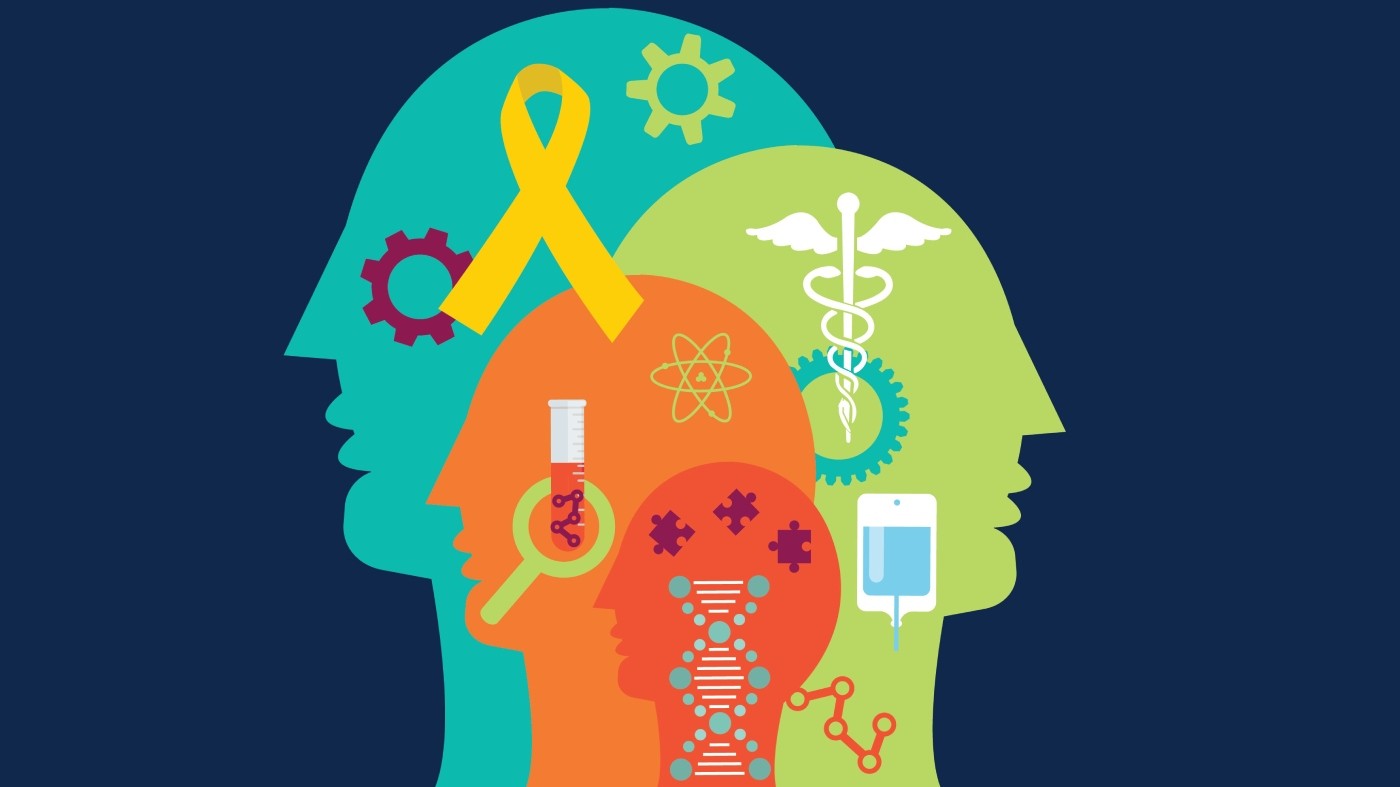
Cancer assumes an entirely different meaning in children, as compared to adults. There is a greater loss of productive years of the patient’s life and the family is utterly disturbed too. A prolonged hospital stay is not required but it is imperative that the patient stay nearby during the course of the treatment, which normally lasts six to eight months. “The cancers in children need sustained, intensive and prolonged treatment. The cancers we generally see are blood cancers and solid tumors that need intensive treatment, which makes their immunity very low,” says Dr. Sripad Banavali, Head of Medical and Paediatric Oncology, Tata Memorial Hospital (TMH), Mumbai. “This demands urgent attention, admission, and antibiotics which is sometimes not possible on account of distances and overcrowding in cancer hospitals and lack of beds for admission. Moreover, the outpatient department (OPDs) and casualties are always crowded, and thus many children needing urgent care may often get missed and don’t get antibiotics within one hour as mandated. This leads to children not receiving treatment on time and thus possibly, succumbing to the disease.”
The treatment requires experts from different specialties and an institution sensitive to the needs of young patients. However, with timely diagnosis and correct treatment, more than 80 percent of cases can be totally cured. “It is very difficult living away from home and family. I feel guilty of neglecting my other children,” says Vivek’s mother as she tenderly feeds her son khichdi. “But I can’t help it. I need to be here with him. Seeing other children getting fully cured and returning home gives me courage and hope. Soon, we will go back home too.”
In India, paediatric cancer makes up almost three to five per cent of the total cancer cases. Yet its cure rate remains abysmally low. Around 50,000 children and adolescents between the ages 0-19 years will be diagnosed with cancer every year in the country
Pediatric cancer—the elephant in the room
Cancer is one of the leading causes of death globally not only for adults but for children and adolescents too. To complicate the matter, pediatric cancer, in general, cannot be prevented or screened. According to a recent study published in The Lancet Oncology journal estimating the total incidence of global childhood cancer, 3,97,000 cases of pediatric cancer were reported globally in 2015; of this, 43 percent went undiagnosed. In South Asia (including Southeast Asia and south-central Asia), 49 percent of pediatric cancer cases were undiagnosed. It is estimated that around 3 lakh pediatric cancer cases are recorded every year in the world.
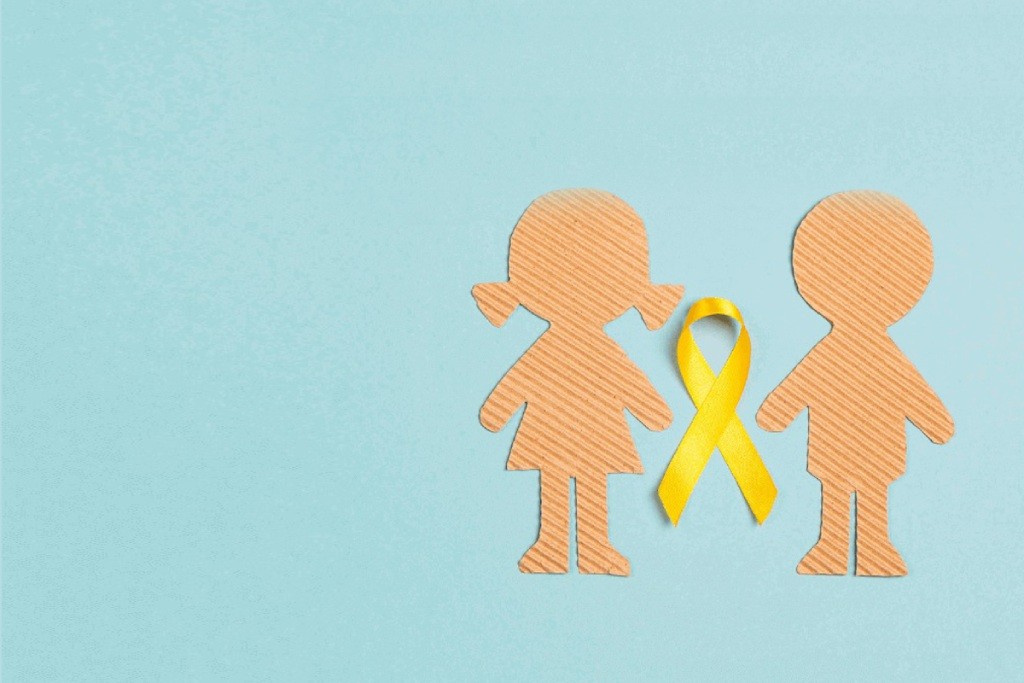
In high-income countries (HICs), while more than 80 percent of children with cancer are completely cured, in low-and middle-income countries (LMICs), the cure rate stands at a mere 20 percent. The high mortality rate in LMICs is mainly due to the lack of accurate diagnosis, hard-to-access-therapy, treatment abandonment, death from severe side-effects and frequent relapse, mostly due to unavailability of necessary medicines.
In India, pediatric cancer makes up almost three to five percent of the total cancer cases. Yet its cure rate remains abysmally low. Around 50,000 children and adolescents between the ages of 0-19 years will be diagnosed with cancer every year in the country, says the Indian Cancer Society. Only 22 percent of them gain access to treatment. Dismally, the number of pediatric oncologists in India is less than 40. “Most children are treated by oncologists treating adults but studies have shown that the outcome for children is better by 15-20 percent when treated by pediatric oncologists,” says Dr. Banavali.
Every year, almost 2,000 children visit TMH for cancer treatment. They come from all over the country and 70 percent of them are from low socioeconomic groups. In 2016 alone, TMH doctors treated 2,800 patients. “There is a roughly five percent increase in cases every year but centers in Mumbai and Delhi are overcrowded,” says Dr. Banavali.
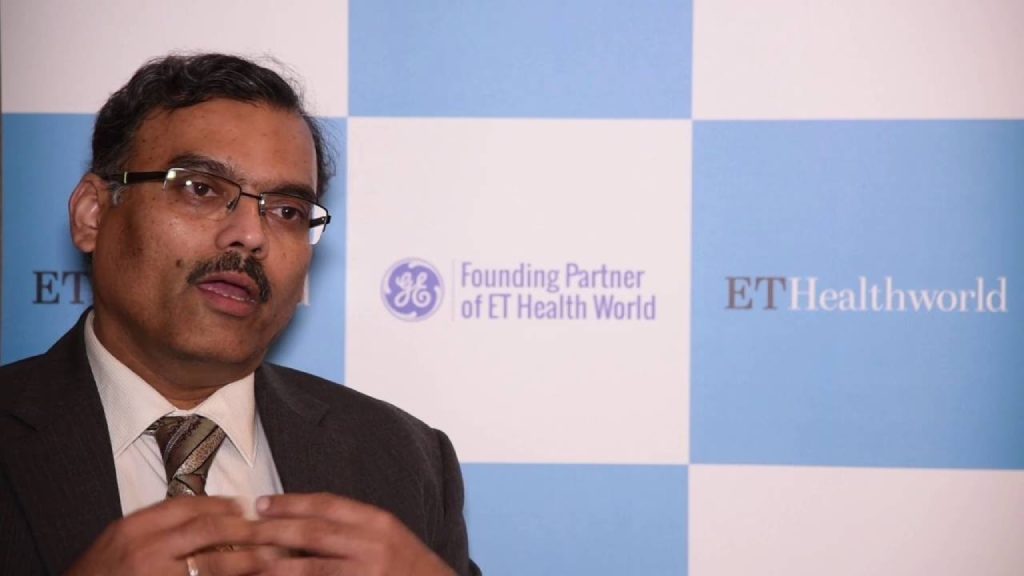
The treatment requires experts from different specialities and an institution sensitive to the needs of the young patients. However, with timely diagnosis and correct treatment, more than 80 per cent of cases can be totally cured
Last year in February, TMH—along with Navya, the expert online cancer assistance for cancer patients—made its expert opinion services available online at subsidized rates to pediatric cancer patients. “Recent studies presented at the American Society of Clinical Oncology and Global Adolescent and Young Adult Cancer Congress, Atlanta, suggested that our online expert opinion system has gained significance amongst patients and doctors alike,” says Dr. Tushar Vora, Professor, Paediatric Oncology, Tata Memorial Centre, Mumbai. “The studies show that in 78 percent of all cases and 73.4 percent of pediatric and young adult cases, the final treatment administered locally was the same as the online recommendation from the expert opinion service.”
Cancer assumes an entirely different meaning in children, as compared to adults. There is a greater loss of productive years of the patient’s life and the family is utterly disturbed. too. A prolonged hospital stay is not required but it is imperative that the patient stay nearby during the course of the treatment, which normally lasts six to eight months..
Specialized pediatric oncology treatment is not easily accessible to everyone. Around 40 percent of the patients at TMH, Mumbai, come from neighboring states. This move aims at offering expert cancer treatment to everyone, irrespective of their location and socio-economic status. The online expert opinion serves as a second opinion for patients and their families to help them arrive at a well-informed decision regarding the treatment procedure. “We often see cases where parents bring their children to TMC after having received prior treatments that lacked quality. Every parent may not have access to a specialized pediatric oncologist in far-flung areas, but the online service will empower them to avail expert opinion without boundaries,” says Dr. Banavali.
“THE CANCERS IN CHILDREN NEED SUSTAINED, INTENSIVE AND PROLONGED TREATMENT. THE CANCERS WE GENERALLY SEE ARE BLOOD CANCERS AND SOLID TUMOURS THAT NEED INTENSIVE TREATMENT, WHICH MAKES THEIR IMMUNITY VERY LOW”
Dr Sripad Banavali Head of Medical and Paediatric Oncology, Tata Memorial Hospital (TMH), Mumbai
In developed countries, the cure rate for childhood cancer is around 80 percent, and data from our major cancer centers match this standard. However, the truth is that this data is insufficient. Childhood cancer is significantly under-diagnosed, particularly in South Asia and sub-Saharan Africa. A large number of childhood cancer incidences are still not reported in India, where only 20 percent of children survive cancer. Experts believe the low cure rate is mostly due to incorrect diagnosis and treatment. “In children, the symptoms of cancer are often missed because they overlap with common illnesses. For example, we need to raise the red flag and suspect cancer if a child has a fever for more than two weeks,” says Dr. Banavali.
The most common types of cancer in children are ALL (acute lymphoblastic leukaemia), Hodgkin’s lymphoma, Non-Hodgkin’s lymphoma, retinoblastoma, brain tumours, bone tumours, Ewings sarcoma, osteosarcoma, neuroblastoma and Wilms’ tumour.
Red flags
Symptoms are generally different for different cancers but children suffering from cancer usually show poor growth, poor weight gain, and very low appetite. Some warning symptoms of childhood cancer are a white spot in the eye, a new squint, blindness, bulging eyeballs, or lump in the abdomen or pelvis, head, and neck, limbs, testes or glands, or pain in bones, joints, and back. Easy fractures, or unexplained fever, loss of weight and appetite, pallor, fatigue, easy bruising or bleeding, or change in behavior, balance, gait and milestones, headache and enlarging head are some other common symptoms. Children must be examined immediately whenever these symptoms appear or persist.
Why my child?
Parents of children suffering from cancer are often riddled with self-doubt about what they did wrong or missed out on, which has caused this suffering for children. What causes pediatric cancer? Well, the jury is still out.
In adults, a number of cancer-causing factors have been identified. But in children, despite years of research, there are no clear known causes of cancer because childhood cancers are relatively rare and there are several different types. Researchers thus find it difficult to study pediatric cancers. Like in adults, cancer in children is considered to be a consequence of genetic mutation, which results in uncontrolled growth of cells, ultimately leading to cancer. In adults, risk factors due to an unhealthy lifestyle such as an unhealthy diet, lack of exercise, obesity, smoking and drinking alcohol could lead to cancer but it takes many years for these factors to affect cancer risk. Therefore, they are not considered as causal factors for pediatric cancer.
Most of these cancers have no known environmental causes. As prevention strategies, children should be educated about unhealthy lifestyle and behavior patterns so that they do not develop preventable cancers as adults.
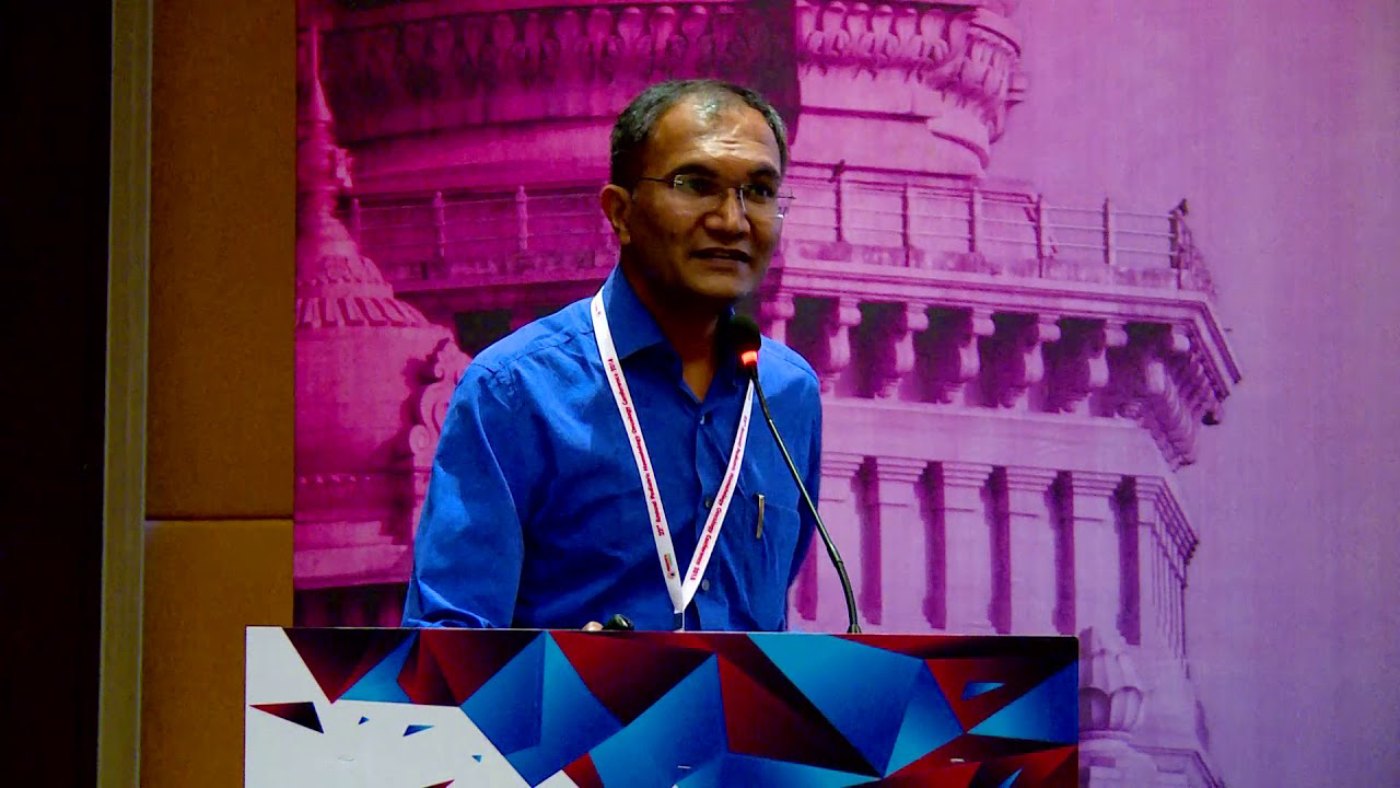
“THE STUDIES SHOW THAT IN 78 PER CENT OF ALL CASES AND 73.4 PER CENT OF PAEDIATRIC AND YOUNG ADULT CASES, THE FINAL TREATMENT ADMINISTERED LOCALLY WAS THE SAME AS THE ONLINE RECOMMENDATION FROM THE EXPERT OPINION SERVICE.”
Dr Tushar Vora Professor, Paediatric Oncology, Tata Memorial Centre, Mumbai
Some children might inherit mutated genes from their parents, which could increase their cancer risk for certain types but in most cases, pediatric cancer is caused by acquired gene mutation rather than an inherited one. In acquired gene mutation, alterations usually occur very early in the child’s life, occasionally even before birth. When the cells divide, they make a copy of the DNA too. Sometimes an error occurs in this process, particularly when the cells grow rapidly. This can happen at any time in life. It occurs in one cell, which then passes on the mutation to all the cells that it divides into.
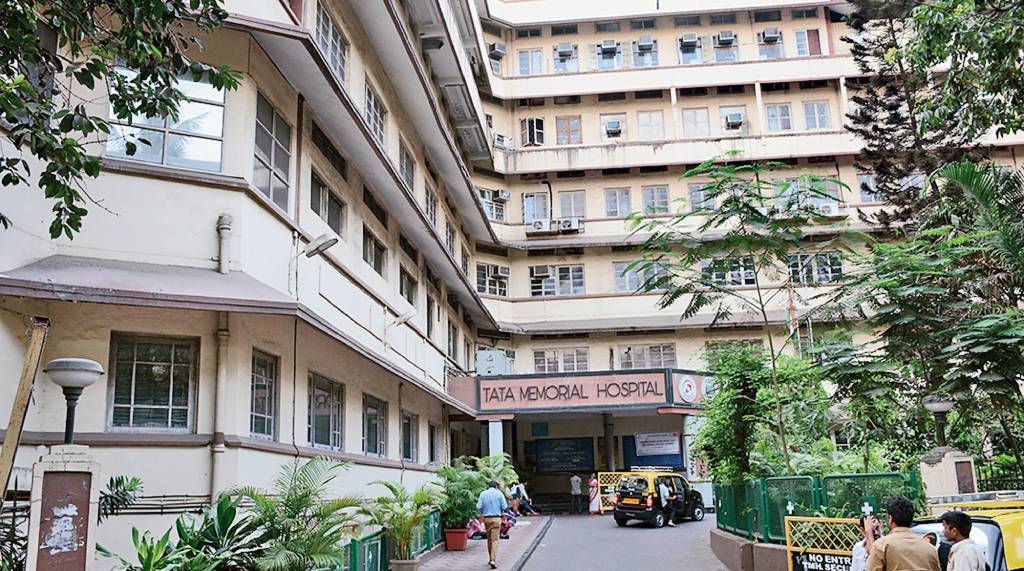
These acquired genetic mutations are present only in a person’s cancer cells and are not passed on to the offspring. The reasons for genetic mutations that cause childhood cancers are not yet known clearly. Most are supposed to randomly occur inside a cell without any external causative factors.
A few infections are potential risk factors for pediatric cancers and gain significance in LMICs, such as HIV, Epstein-Barr virus and malaria, which might increase the risk of some types of childhood cancers. Some infections can also increase the child’s risk of developing cancer as an adult. Vaccination, early diagnosis, and screening should be done to reduce the chances of chronic infections that could lead to cancer, in both childhood and adulthood.
Common types of childhood cancer
The types of cancer in children are different from those afflicting adults. The most common types of cancer in children are ALL (acute lymphoblastic leukemia), Hodgkin’s lymphoma, Non-Hodgkin’s lymphoma, retinoblastoma, brain tumors, bone tumors, Ewings sarcoma, osteosarcoma, neuroblastoma, and Wilms’ tumor.

Only 3 percent of all kinds of cancer occurs in children. Pediatric cancers respond well to chemotherapy even though they grow very quickly. If diagnosed early and treated promptly and correctly, they are curable. Frequently, the course of treatment is long; so regularity is of utmost importance along with balanced nutrition and personal hygiene of the child.
Alleviating childhood cancer burden
Generally speaking, it is almost impossible to prevent cancer in children; neither can it be screened effectively. Most pediatric cancers are unpreventable due to their genetic causes but some tumors can be detected early. “These days, simple sonography can diagnose solid tumors in an unborn child,” says Dr. Banavali. The most effective way to reduce the pediatric cancer burden is to improve its outcome, which can be achieved only through early and accurate diagnosis followed by efficacious treatment.
Pediatric cancer is usually accompanied by several warning symptoms, which can be easily identified by the trained eye. Educating families and primary health care providers through awareness programs can help with early diagnosis. Early detection improves the chances of survival, eases suffering and in many cases, reduces the duration, cost and intensity of the treatment. Correct diagnosis is essential as different kinds of cancer require different treatment protocols, which may involve chemotherapy, radiotherapy, and surgery.
Every year, almost 2,000 children visit TMH for cancer treatment. They come from all over the country and 70 per cent of them are from low socio-economic groups. In 2016 alone, TMH doctors treated 2,800 patients
Easy accessibility to correct diagnosis, effective treatment, essential medicines, blood products, chemotherapy, and radiotherapy, as well as psycho-social support, is important to assuage the pediatric cancer burden in the country. The children who have completed the treatment need to be actively monitored for the recurrence of cancer and for the management of any toxicity due to cancer treatment. Palliative care needs to be provided to children with cancer to alleviate the physical symptoms of cancer and improve the quality of life for patients as well as their families. It might not be possible to cure all the children suffering from cancer but their suffering can definitely be reduced. Palliative care must be made an integral part of comprehensive cancer care for children.
Holistic support for patients and their families, including financial, accommodation, educational, psycho-social and bereavement support, from the hospital as well as NGOs and governmental agencies, in conjunction with a patient tracking system can help reduce the chances of treatment abandonment..
Treatment abandonment is one of the major challenges that lead to a low cure rate in LMICs like India. Abandonment means the failure to start or complete curative treatment. It could be due to lack of financial resources, poor understanding of the disease and its curability, gender bias against the girl child, faith in alternative medicines, apprehensions about the treatment toxicity, lack of awareness about support programs and inefficient care from healthcare professionals.
Holistic support for patients and their families, including financial, accommodation, educational, psycho-social and bereavement support, from the hospital as well as NGOs and governmental agencies, in conjunction with a patient tracking system can help reduce the chances of treatment abandonment. A recent report by the pediatric oncologists of TMH, says holistic support groups have brought down treatment abandonment rates from 20 percent to 4 percent at their hospital.
A robust national pediatric cancer program needs to be developed and implemented in the country. Pediatric cancer incidences need to be accurately estimated so that policymakers can make informed decisions regarding planning and setting priorities for the management of the disease. Even in cases where there are cancer registries, the incidences of pediatric cancer might be grossly underestimated due to children with cancer remaining undiagnosed.
Paediatric cancer is usually accompanied by several warning symptoms, which can be easily identified by the trained eye. Educating families and primary health care providers through awareness programmes can help with early diagnosis.
Often the treatment for childhood cancer is available only at leading cancer centers, which results in late diagnosis of the disease in the population that does not have access to these centers. Such centers need specialized diagnostic and curative services along with the capacity to manage potential complications. Healthcare infrastructure needs to be improved to cater specifically for pediatric cancer patients. Cancer care needs to be decentralized.
Apart from specialized centers, satellite centers can be set up to offer some of the treatments; this will not only lessen the load on the overcrowded tertiary care centers but also offer quick management of complications and diminish the burden on the families. This will also help by reducing the abandonment rate.
Last year, TMH opened its 180-bed cancer facility, Homi Bhabha Cancer Hospital, in Varanasi. It aims to add 350 more beds to the facility, through which it will reach its services out to cancer patients from northern India, who normally travel to Mumbai for treatment; the aim is to substantially reduce the patient load of TMH, Mumbai. For most of these patients, who come from remote places, the expenses—the cost of travel, accommodation, and loss of earnings—amount to almost five times the cost of the cancer treatment. “Once all the beds are commissioned, the center will be divided into two specialties: one for solid tumors and another for pediatric and blood cancers,” says Dr. Banavali. TMH plans to run at least six hospitals across the country by 2021, with a total capacity of over 3,500 beds.
Last year, the World Health Organisation launched the Global Initiative for Childhood Cancer to provide guidance and technical support to governments in developing and maintaining high-quality pediatric cancer programs. It aims to globally attain a 60 percent survival rate for all children with cancer by 2030.
Ray of Hope
In 2018, TMH raised funds to the tune of INR 35 crore to offer free treatment to the 2,800 children registered at the hospital for cancer treatment. The pediatric cancer department started raising funds in 2009 as an experiment to provide free treatment to children under the age of 15 to prevent abandonment in its patients. It has also put in place a patient tracking system.
Every year, the department raises funds to provide free treatment along with holistic support to its patients, besides offering to school to children who end up missing school due to cancer treatment. Treatment with dignity is what these young patients and their families need. “Cancer in children is curable, as against just controllable among adults. These children can contribute to the society for up to 70 years after treatment,” says Dr. Banavali. Like Vivek, for instance. When asked what he wishes for the most, Vivek’s face lights up as he exclaims, “I want to go back to school and become a doctor!
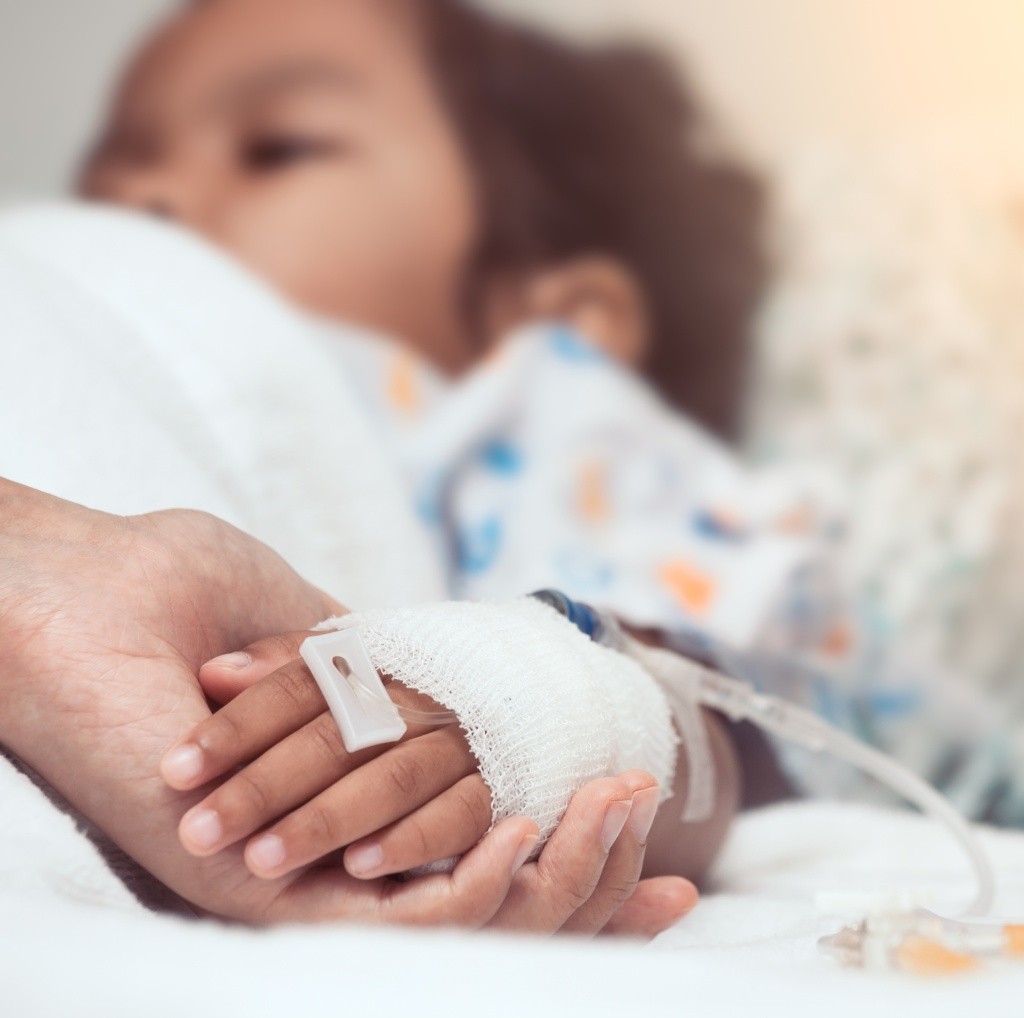
Also read about
ELUSIVE DREAM OF EQUITABLE CARE
















